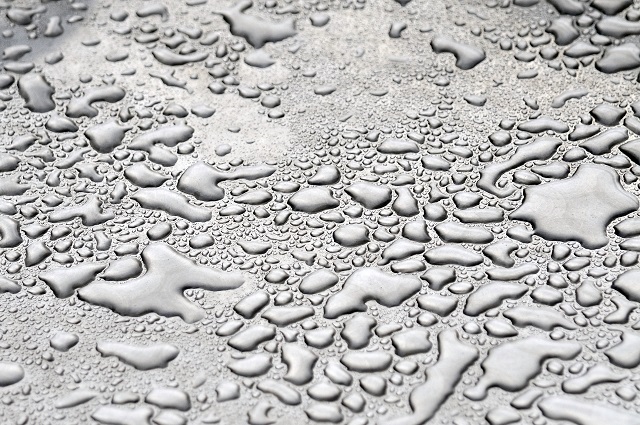Metal oxides and water are two of the most common substances in the world yet the chemical reactions which occur when the two meet were not fully understood until now.

Image Credit: Luis Louro/Shutterstock.com
A multi-institutional team of researchers from the University of Wisconsin-Madison, Lynd University and Aarhus University have conducted research, which was recently published in the Nature Communications journal, to achieve a better understanding of how water and metal oxides interact with each other.
Professor of chemical and biological engineering at the University of Wisconsin-Madison, Manas Mavrikakis, commented that as metal oxides are used as a support for most catalytic reactions and hence the conclusions drawn from this study will impact upon all reactions which include water as a product, reactant or impurity.
Non-oxide metals have high homogeneity and hence their interaction with water has been easily understood. However, metal oxides are more puzzling as a random oxygen atom in their structure often goes missing, resulting in ‘oxygen defects’.
Two adjacent hydroxlys are formed when water counters any of these defects. A hydroxyl is a stable compound, which comprises of one hydrogen and one oxygen atom.
The research team studied the impact of hydroxyls on surrounding water molecules and how they differ from the contact of water molecules with a pristine metal oxide surface. The data from the reactions was collected by the Aarhus researchers using scanning tunneling microscopy (STM).
Quantum mechanical analysis was then applied to the STM data in order to decode the chemical structures by defining each atom individually. Mavrikakis is planning to further study the reactions of these different structures with other molecules and use this research to improve catalysis.
There were two, distinctly different, water-metal oxide reactions obtained from the project: amorphous water molecule networks were formed on a smooth surface and more structured water molecule domains were formed on a hydroxylated surface.
“The size and nature of the calculations we had to do probably were not feasible until maybe four or five years ago, and the spatial and temporal resolution of scanning tunneling microscopy was not there… So it’s advances in the methods that allow for this new information to be born.”
Manos Mavrikakis, professor of chemical and biological engineering at the University of Wisconsin-Madison
The research was funded by the Office of Basic Energy Sciences, The US Department of Energy and the Air Force Office of Scientific Research.